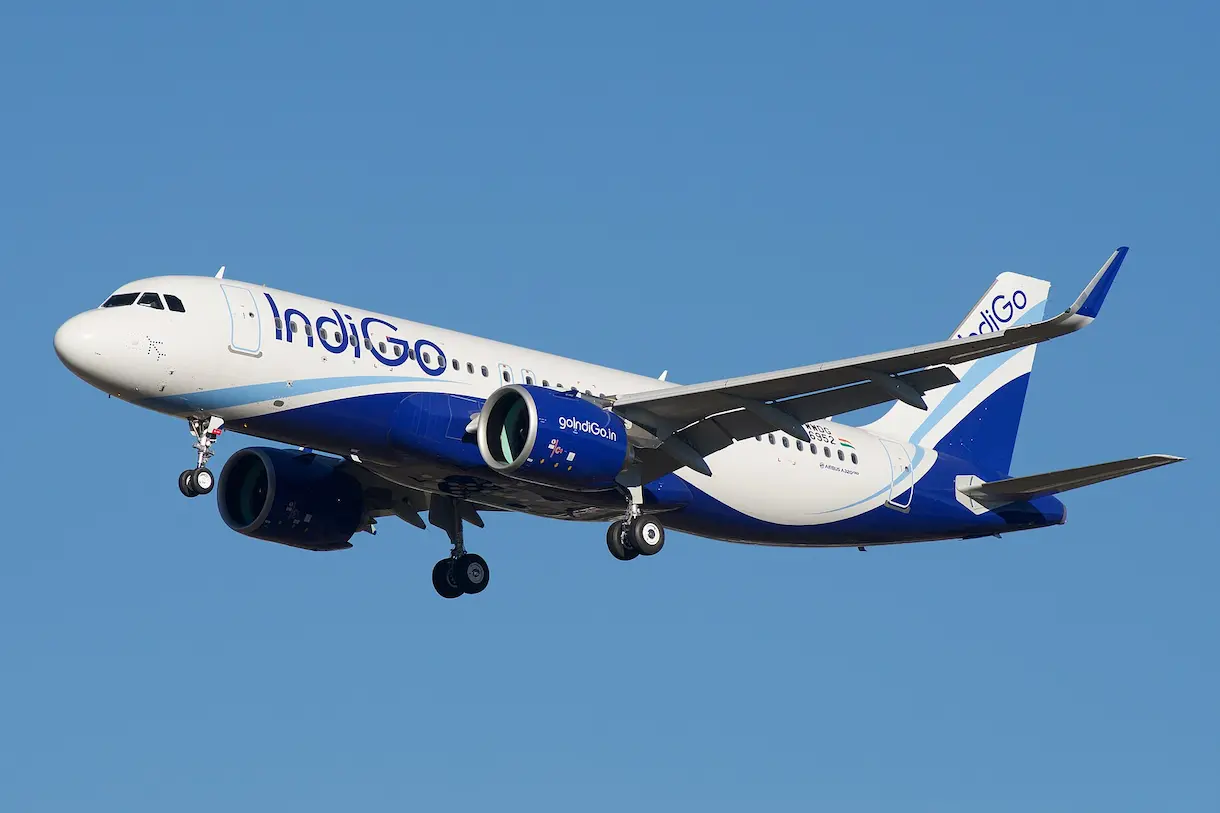
IndiGo’s Tail Strike Sparks Safety Concerns at Mumbai Airport (representative image)
Indigo Tail Strike Turbulence – In a dramatic turn of events at Mumbai’s Chhatrapati Shivaji Maharaj International Airport, an IndiGo Airbus A321 aircraft experienced a tail strike during a go-around manoeuvre on August 16, 2025. The incident, triggered by relentless monsoon rains and poor visibility, has reignited concerns over aviation safety and operational readiness during extreme weather conditions.
Table of Contents
Monsoon Mayhem: Weather Pushes Aircraft to the Edge
Mumbai woke up to torrential downpours on Saturday, with over 200 mm of rainfall recorded in just a few hours. The intense weather disrupted flight operations across the city, causing over 350 delays, 15 go-arounds, and multiple diversions. Among the affected flights was IndiGo’s 6E 1060, arriving from Bangkok, which was forced to abort its landing due to unstable conditions.
As the aircraft attempted a low-altitude go-around, a manoeuvre where the pilot decides to abort landing at the last moment—the tail of the plane made contact with the runway. This type of incident, known as a tail strike, can cause structural damage to the rear fuselage and pressure bulkhead, requiring thorough inspection and repairs before the aircraft can return to service.
Safety Protocols Activated: IndiGo Responds Swiftly
Following the incident, IndiGo confirmed that the aircraft landed safely on its second approach and that all passengers and crew were unharmed. The airline emphasized its commitment to safety, stating:
“At IndiGo, the safety of our customers, crew, and aircraft is our top priority. We are making all efforts to minimize any subsequent impact on our operations due to this incident,” said an IndiGo spokesperson.
The aircraft has since been grounded for mandatory checks, repairs, and regulatory clearance. The Directorate General of Civil Aviation (DGCA) is expected to conduct a detailed investigation, especially given the recurrence of tail strike incidents in IndiGo’s fleet. In 2023, the airline faced penalties and pilot suspensions following similar events.
A Pattern of Concern: Tail Strikes on the Rise
This latest incident marks the seventh tail strike involving IndiGo’s Airbus A321 fleet in the past two years. Aviation experts suggest that while go-arounds are standard safety procedures, repeated tail strikes may point to deeper issues in pilot training, aircraft handling, or operational protocols.
The DGCA had previously fined IndiGo ₹30 lakh for systemic deficiencies in documentation and training procedures. With monsoon conditions posing recurring challenges, airlines may need to reevaluate their preparedness and response strategies to ensure passenger safety.
Navigating the Skies Ahead: Lessons and Reforms
As climate change intensifies weather unpredictability, incidents like this highlight the need for robust aviation infrastructure and adaptive training. Mumbai’s airport, one of the busiest in South Asia, faces unique challenges during monsoon season, including waterlogged runways and reduced visibility.
For IndiGo, this event serves as both a wake-up call and an opportunity to reinforce its safety culture. With the aircraft grounded and investigations underway, the airline’s next steps will be closely watched by regulators, passengers, and industry stakeholders alike.
Indigo Tail Strike Turbulence
In the high-stakes world of aviation, every second counts—and every strike leaves a mark. IndiGo’s tail strike may have ended without casualties, but it’s a reminder that safety in the skies begins long before takeoff.
Also read – ‘Mayday in the Skies’: IndiGo Flight Fuel Crisis Forces Emergency Landing in Bengaluru